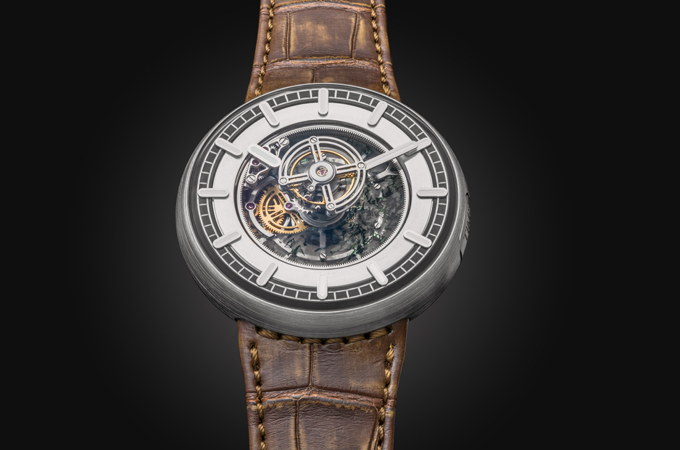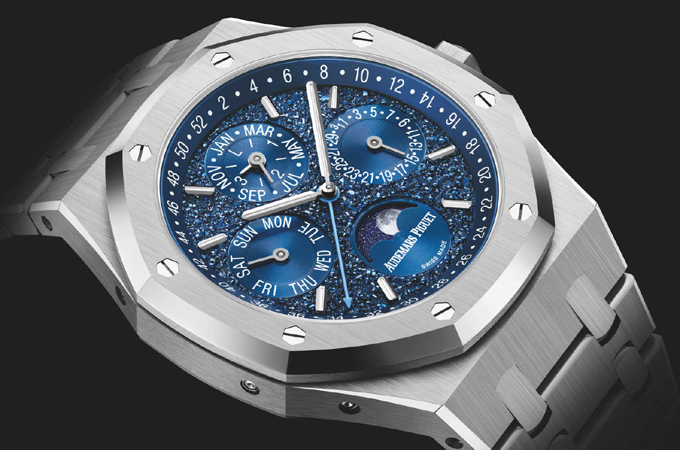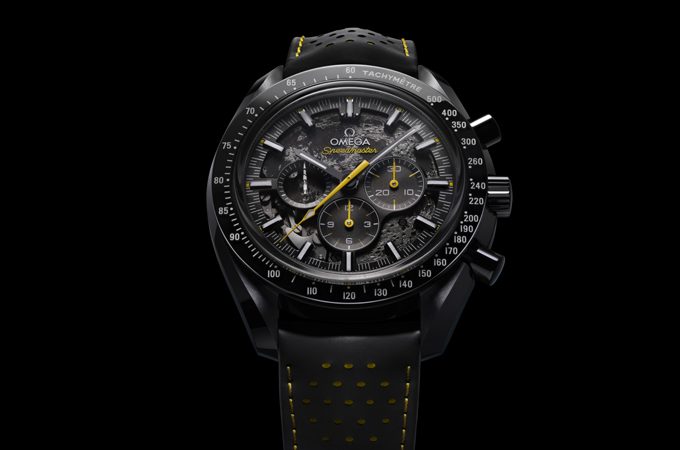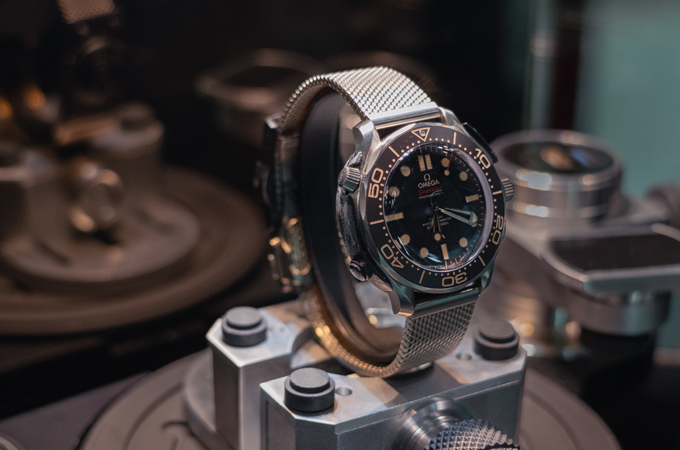Tue, Sep 15, 2015
A unique exhibition featuring an extensive collection of historic timepieces and horological instruments from France’s most celebrated watchmaker is set to open in San Francisco, US.
The retrospective is titled ‘Breguet: Art and Innovation in Watchmaking’ and is the largest exhibition of Breguet antique timepieces ever to be organised in the US.
This first-ever retrospective of the work of Abraham-Louis Breguet (1747-1823) will be presented from September 19 to January 10, 2016 in the splendid setting of the Legion of Honor, San Francisco’s most beautiful museum.
On view are more than 70 pocket watches, clocks and horological instruments dating from the time of Abraham-Louis Breguet and his successors.
‘Breguet: Art and Innovation in Watchmaking’ explores the history of the watch and clock maker Breguet. The company’s cutting-edge innovations transformed the nature of personal timekeeping, and the exhibition will include displays describing the technology that earned Abraham-Louis Breguet his sobriquet as “the father of modern horology.”
From its beginnings in Paris in 1775, Breguet advanced great technical developments such as the self-winding watch, the first wristwatch, the repeating mechanism, and, most notably, the tourbillon—a revolutionary movement that neutralises the negative effects of gravity on pocket watches.
Breguet played a key role in the history of watchmaking, elevating the craft to its zenith by producing finely made watches that were a pleasure to handle and use.
The company's reputation for ingenuity, as well as the reliability and portability of its watches, led to Breguet’s watches being considered objects of great prestige, worn by the powerful and elite in Europe, including Napoleon Bonaparte, Tsar Alexander I, and Queen Victoria.
The most famous Breguet timepiece linked to a European monarch is the world-renowned “Marie-Antoinette” pocket watch. This extraordinary piece took 44 years to make and was the most complicated watch of its time. During the 19th century, Breguet expanded its business into countries beyond France, supplying elegant timepieces to customers in Europe, Russia, and the US.
Today Breguet is a name known throughout the world.
THEMES
The exhibition aims to deal with Breguet’s lifework by themes, ranging from the simplest watches (models with a single hand) to the most complicated (those providing multiple indications), and from purely scientific objects (marine chronometers) to exquisitely refined decorative clocks (such as those with bronzes by Thomire).
Each theme and each invention is explained in the most easily understandable way: visitors are able to grasp the meaning of a so-called pepétuelle watch, a “tourbillon” regulator, a subscription watch, a tact watch, a minute repeater watch, etc.
Aesthetic aspects are also explained, notably including the fact that Breguet is the man who took horology firmly into the neo-classical artistic movement. Under his aegis, watches became slim and understated, free of any superfluous ornamentation, thereby creating an authentic style that would soon become the benchmark within the profession.
Travel clocks, another Breguet creation, were made of bronze with ancient-styled pillars and capitals. Visitors can also relive the history of late 18th century and 19th century Europe – in particular the period of the French Revolution, the Napoleonic adventures and then the period of the Congress of Vienna – through the life of Breguet and his family.
History is retold when one looks into the travel clock purchased by General Napoleon Bonaparte a few days before his departure to Egypt. Visitors will see objects having belonged to the Empress Josephine, the Queen of Naples, King Georges IV of England, and Tsar Alexander 1st of Russia, to mention but a few of the iconic figures that became unconditional enthusiasts of the work of Breguet.
The exhibition ends with a few surprising contemporary objects created by the House of Breguet in the 1920s and 1930s which represent an incursion into the Art Deco movement.
The exhibition’s 15 themes cover: Subscription watches, Touch watches, Simple watches, Repeating watches, Timekeepers, Chronographs, First watches with winding crowns, Highly complicated watches, Turkish watches, Exceptional clocks, Tourbillons, and Art Deco watches and clocks.
The exhibition is a production of the Fine Arts Museums of San Francisco in collaboration with Montres Breguet.
The principal lender of this exhibit is Montres Breguet. In addition, museums and institutions in Switzerland (Musée national suisse), France (Mobilier National) and the US (Frick Collection) made valuable exhibits available, appearing together in a splendid and unique setting of exclusive timepieces and other horological objects.
The exhibition is curated by Martin Chapman, curator of European decorative arts and sculpture at the Fine Arts Museums of San Francisco and Emmanuel Breguet, historian, Vice President of Montres Breguet.






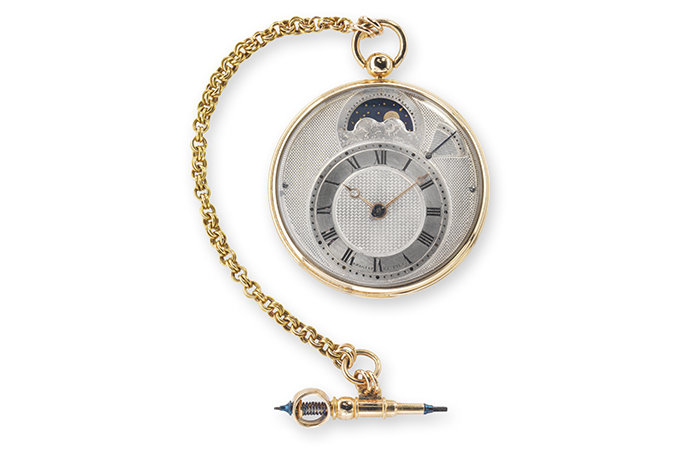
.jpg)
.jpg)

.jpg)
.jpg)

.jpg)

.jpg)
.jpg)
.jpg)
.jpg)
.jpg)


